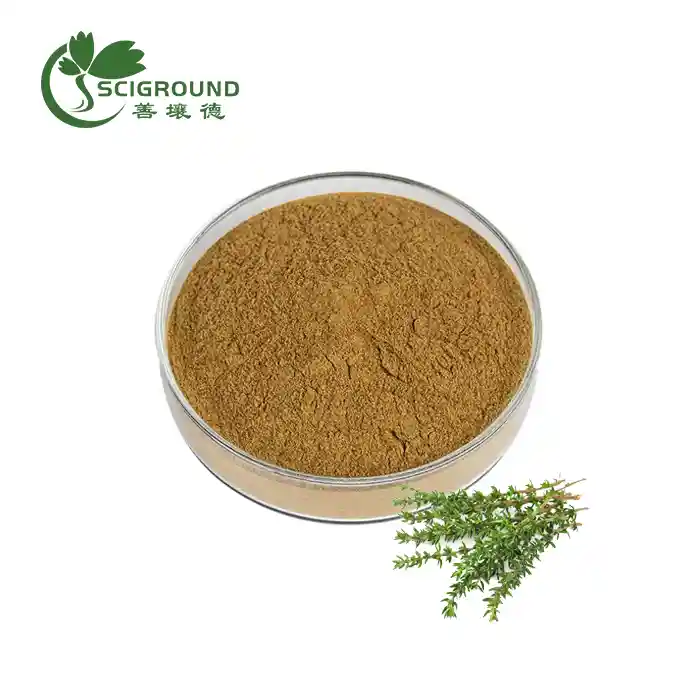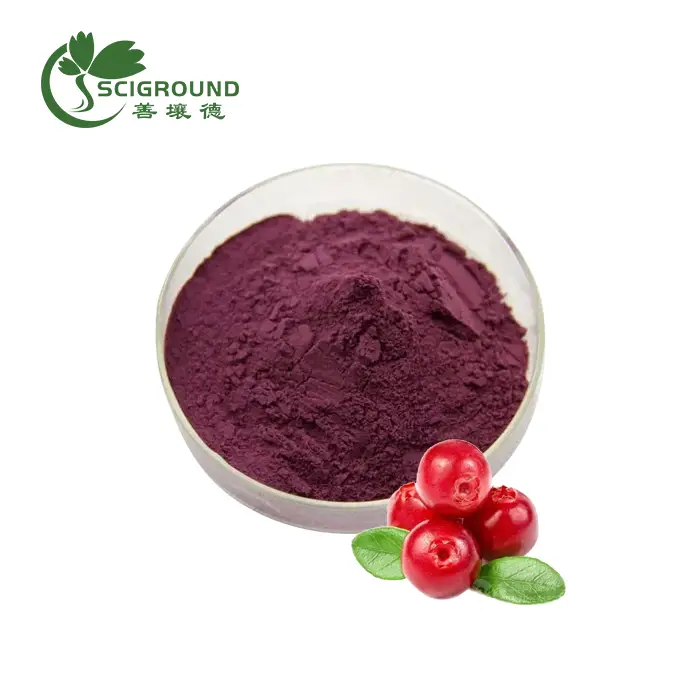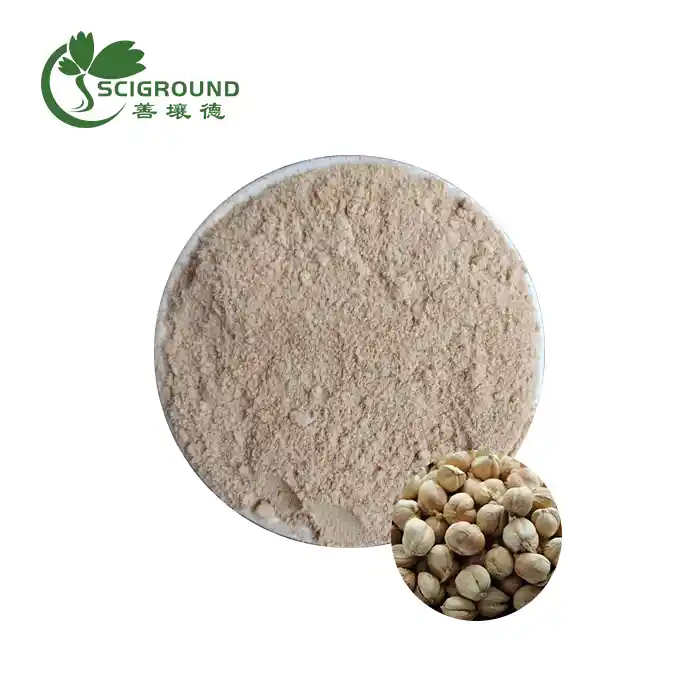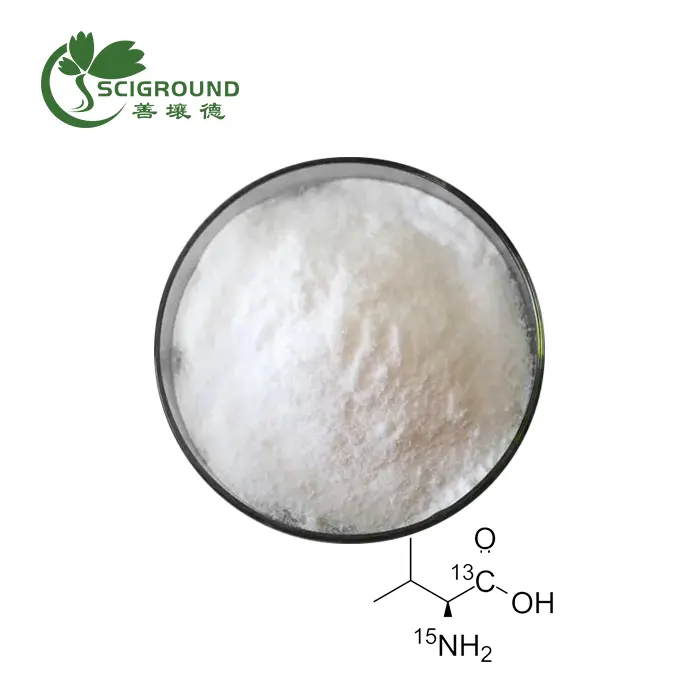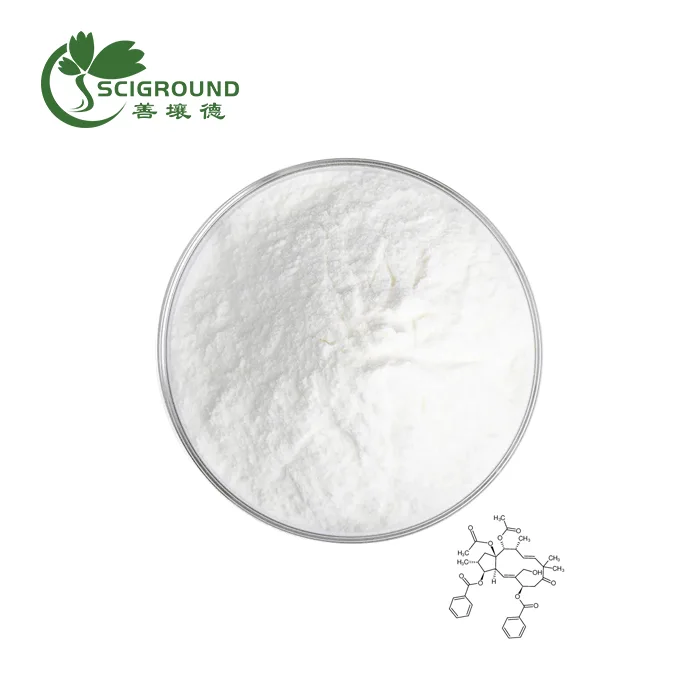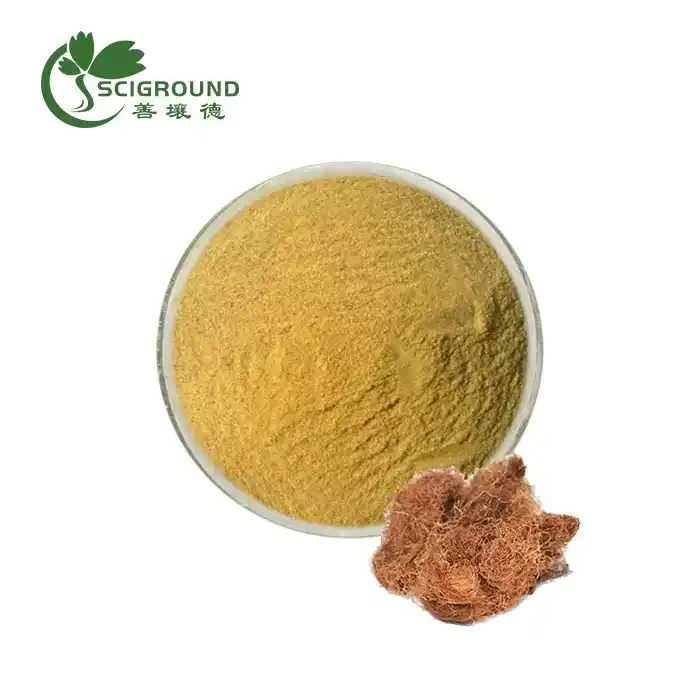how to use stevia plant
In the world of natural sweeteners, the Stevia plant stands out as a remarkable and calorie-free alternative to traditional sugars. Derived from the leaves of the Stevia rebaudiana plant, Stevia has gained popularity for its intense sweetness without the caloric impact. But how can you make the most of this plant in your daily life? In this blog post, we'll explore the versatile uses of the Stevia plant, from sweetening your beverages and culinary creations to its potential in gardening and herbal remedies. Let's delve into the sweet possibilities that Stevia brings to the table.
Stevia Plant in Culinary Creations
The Stevia plant, with its natural sweetness and zero-calorie profile, has found a sweet spot in culinary creations as a healthier alternative to traditional sugar. Its leaves, which contain compounds known as steviol glycosides, impart a sweetness that can be up to 200-300 times sweeter than sucrose.
**1. Sweetening Beverages:
One of the simplest ways to incorporate Stevia into your culinary repertoire is by using it to sweeten beverages. Whether it's a cup of tea, coffee, or a refreshing glass of iced tea, Stevia can provide the sweetness you desire without the added sugars and calories.
**2. Baking and Cooking:
Stevia can also be used in baking and cooking, although its intense sweetness requires careful measurement to achieve the desired taste. It's particularly useful for those seeking to reduce sugar intake in recipes. Stevia blends and extracts are available, providing convenient options for incorporating this natural sweetener into your favorite dishes.
**3. Homemade Jams and Sauces:
Making homemade jams, jellies, and sauces allows you to control the sweetness without relying on excessive amounts of sugar. Stevia, with its concentrated sweetness, can be an excellent addition to these recipes, enhancing flavor without compromising on health.
**4. Desserts and Sweets:
Indulge your sweet tooth without the guilt by using Stevia in dessert recipes. From cookies and cakes to puddings and ice creams, Stevia can add sweetness to your treats without contributing to excess sugar consumption.
**5. Salad Dressings and Marinades:
For those who enjoy crafting their own salad dressings and marinades, Stevia can be a fantastic addition. It helps strike a balance between the acidity, saltiness, and sweetness in these culinary creations.
**6. Fresh Leaves in Salads:
Some culinary enthusiasts enjoy using fresh Stevia leaves in salads for a subtle, natural sweetness. Chopped or whole, the leaves can add a unique touch to your green creations.
Incorporating Stevia into your culinary adventures provides a healthier option for satisfying your sweet cravings. Experimenting with this natural sweetener allows you to tailor the sweetness of your favorite dishes and beverages while embracing a more health-conscious approach to your diet.
Remember, the sweetness intensity of Stevia can vary, so it's advisable to start with a small amount and adjust according to your taste preferences. Whether you're a seasoned chef or a home cook, exploring the possibilities of Stevia in your culinary creations can be a delightful and health-conscious journey.

Harvesting and Drying Stevia Leaves for Sweetness
Harvesting and drying Stevia leaves is a straightforward process that allows you to harness the natural sweetness of this herb for various culinary uses. Here's a guide to help you make the most of your Stevia plant:
1. Harvesting:
Harvest Stevia leaves when the plant is mature, typically during the late summer or early fall. Choose leaves that are healthy, vibrant, and free from pests or diseases. Harvesting is best done before flowering for optimal sweetness.
2. Harvesting Technique:
Use scissors or pruning shears to cut the leaves, starting from the top of the plant. Aim to collect the upper leaves, as they tend to be sweeter. Leave the lower leaves to support the plant's continued growth.
3. Cleaning:
Rinse the harvested leaves under cold water to remove any dust or debris. Gently pat them dry with a clean cloth or paper towel.
4. Drying:
There are several methods for drying Stevia leaves. Air-drying is a popular choice. Bundle the leaves together and hang them upside down in a warm, dry location with good air circulation. Alternatively, you can use a dehydrator or an oven set to a low temperature to expedite the drying process.
5. Checking for Dryness:
Leaves are adequately dried when they become crisp and crumble easily. Ensure that there is no moisture left, as dampness can lead to mold.
6. Storage:
Once dried, store the leaves in airtight containers away from direct sunlight. This preserves the sweetness and flavor for an extended period.
7. Grinding (Optional):
If you prefer a powdered form for easy integration into recipes, use a grinder or mortar and pestle to turn the dried leaves into a fine powder.
8. Using Dried Stevia Leaves:
Utilize the dried leaves or powder as a natural sweetener in teas, coffees, baking, cooking, or any recipe that calls for sugar.
Growing Your Own Stevia: Tips for Cultivation and Care
Cultivating your own Stevia plant can be a rewarding experience, offering a homegrown source of natural sweetness. Here are some tips for successfully growing and caring for Stevia:
**1. Planting:
Start by planting Stevia in well-draining soil with a slightly acidic to neutral pH. Choose a sunny location, as Stevia thrives in full sunlight.
**2. Watering:
Stevia prefers consistent moisture, so water the plant regularly. However, be cautious not to overwater, as excessive moisture can lead to root rot. Allow the top inch of soil to dry out between watering.
**3. Temperature and Climate:
Stevia is native to warmer climates, so it thrives in temperatures between 60-85°F (15-29°C). If you live in an area with cold winters, consider growing Stevia as an annual or bringing it indoors during colder months.
**4. Pruning:
Regular pruning helps Stevia maintain a bushy and compact shape. Pinch off the tips of young shoots to encourage branching. Harvesting the leaves also acts as a form of pruning.
**5. Harvesting:
Harvest Stevia leaves when the plant reaches a height of about 8-12 inches. Pick the leaves before the plant flowers for the best sweetness. Harvested leaves can be used fresh or dried for later use.
**6. Pests and Diseases:
Keep an eye out for common pests like aphids or whiteflies. Insecticidal soap can be a natural solution. Stevia is generally resistant to most diseases, but good air circulation can prevent issues like powdery mildew.
**7. Fertilizing:
Fertilize Stevia with a balanced, all-purpose fertilizer during the growing season. Be mindful not to over-fertilize, as excessive nutrients can adversely affect the sweetness of the leaves.
**8. Container Gardening:
If space is limited or if you live in a cooler climate, consider growing Stevia in containers. This allows you to move the plant indoors during colder months.
Growing your own Stevia not only provides a sustainable source of natural sweetener but also allows you to connect with the cultivation process. By following these tips, you can enjoy the benefits of homegrown Stevia in your culinary endeavors.
Whether you're an experienced gardener or a novice, cultivating Stevia is an accessible and delightful addition to your home garden.
References:
Goyal, S. K., Samsher, Goyal, R. K. (2010). Stevia (Stevia rebaudiana) a bio-sweetener: a review. International Journal of Food Sciences and Nutrition, 61(3), 1–10.
Prakash, I., DuBois, G. E., Clos, J. F., et al. (2014). Steviol glycosides biosynthesis pathway and their application in foods and beverages. Critical Reviews in Food Science and Nutrition, 54(6), 675–691.
Brandle, J., Starratt, A., Gijzen, M. (1998). Stevia rebaudiana: Its agricultural, biological, and chemical properties. Canadian Journal of Plant Science, 78(4), 527–536.
Related Industry Knowledge
- Waht are the interactions of Morus Alba Bark Extract?
- Does acitretin weaken your immune system?
- Inulin Weight Loss
- Does Astragalus work immediately?
- When is the best time to take l carnitine
- Corydalis: Health Benefits,Side Effects,Uses,Dose
- Does Creatine Monohydrate Expire
- Everything You Need to Know About Wheat Protein Flour
- Lentinan Extract: A Powerful Mushroom-Based Supplement
- Stephania extract: Benefits, Dosage, and Purchasing Information
.webp)
